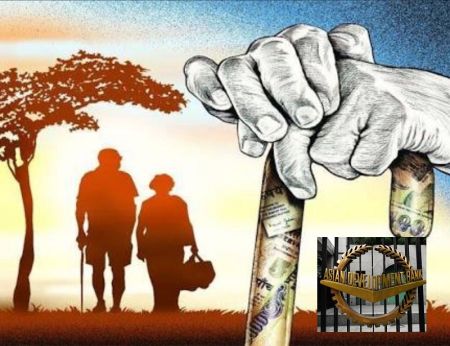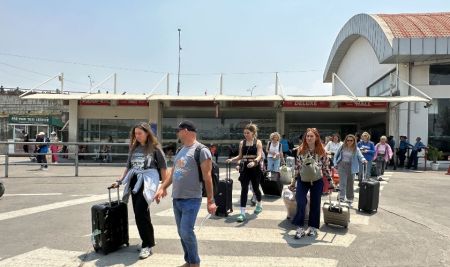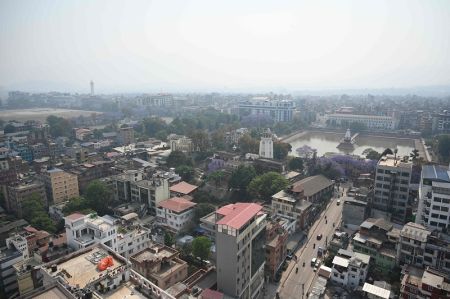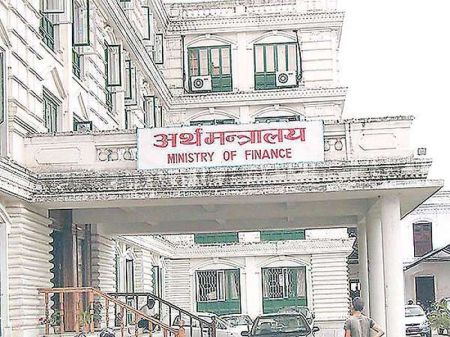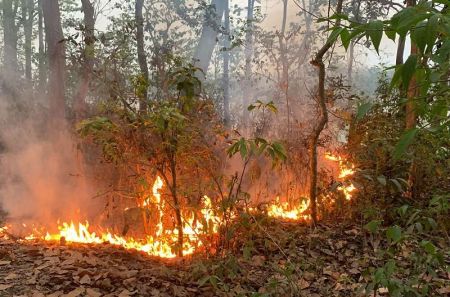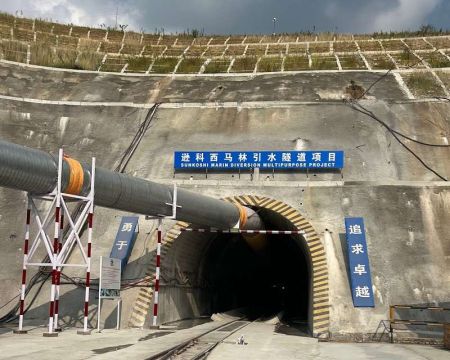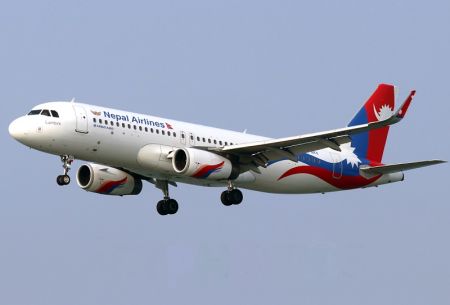‘When the losses start decreasing, the premium will come down’

What is the size of the aviation insurance market in Nepal?
The market size is around Rs 420- 500 million in terms of the premium we collect from our clients.
What about your company’s stake in the market?
We own around 25-30 per cent share in Nepal’s aviation insurance market.
It is said that some insurance companies are trying to form a pool to collectively handle the claims on aviation insurance. Are you aware of the latest progress in this regard?
I don’t think the pool is what we need to improve the aviation insurance business. Now we are competing to get the lowest rate from reliable companies (reinsurers) but if such a pool is formed, there would be monopoly in the insurance market and there would be no competition. Insurance companies could syndicate the aviation insurance business and the situation could worsen further. The premium will be at a high rate and the airliners will raise the ticket price which in turn will make air travelling difficult. It seems beneficial to all of us but if we view it minutely it is only a means of syndicating that could affect the whole country economically.
However, if such pool is sure to be formed we could form this pool in two ways. One, we can calculate certain risks in the aviation industry and other, we can focus on the risks involved in the hull, baggage etc. However creating such a pool needs lots of vision.
Beema Samiti recently organized an interaction programme on the possibilities of merger between insurance companies. This interaction was a good initiation in the insurance business but I think both the government and Beema Samiti should be well prepared on it. It needs lots of homework and researches whether to form a pool or to merge the insurance companies.
What future do you see for the aviation insurance business in Nepal?
The prospects of aviation business in Nepal depend on the growth of the airliners. The more airlines are there, the better for the aviation insurance business. The theory of demand and supply is applied in the aviation business also. Many airlines are not functioning well and some of them have registered but have not started their operation yet. If new airliners start operating it would benefit both the airliners and the aviation industry. Development of airports and runways in a sustainable way can also sustain airliners. And the development of airliners ultimately grows the aviation insurance business. Since there is a lot of prospects in the tourism sector, I see bright future of aviation insurance business.
Aviation insurance premium in Nepal is said to be one among the highest in the world? Why is it so high?
No, I disagree with this. We used to pay 8-9 per cent premium some 10 years ago and we were able to reduce that as low as 2 per cent later. Now again the reinsurance companies are charging the same old rate or even higher. It is mainly because of the risk factors in the aviation industry of Nepal and I don’t think it is unjustifiable. The terrain, safety measures in the aviation industry in Nepal and lack of maintaining safety standards by all the stakeholders involved in the aviation industry are some of the reasons behind the increment of premium. We lack the standard safety measures in spite of ICAO advice.
What do you expect from the Beema Samiti or the government for that matter to facilitate the aviation insurance business in the country?
The government can enforce the safety standards. It can properly manage the runways, ground handling, and certify efficiency of the people and the equipment used in the aircraft or for the aircraft maintenance. If you see how the baggage in airports is handled, you will find how improperly things are done. The baggage is loaded in tractors and the insurer has to pay if there is a damage. Furthermore, the international airport in Nepal is very crowded. I think the TIA should now be shifted to some convenient place.
What are the key challenges and issues facing the aviation insurance industry in Nepal?
Now is the challenge of getting the right reinsurer at a competitive price. The aviation business is anyway running though the reinsurers are charging up to 12 per cent. But what if they charge 20-25 per cent? I don’t think aviation in Nepal could bear such high premium rates. Moreover, the environment could be such that even the high premium might not draw reinsurers into confidence. Because of the high risk involved in this business, the reinsurers could add more clauses which could affect the overall aviation business in Nepal. And then it will be hard to find reliable reinsurers and we will have to reinsure with whichever party we find. When the claim increases, the premium market becomes hard and reinsurers hesitate to do business. And aviation insurance is driven by reinsurers. Unless the scenario of this seller-driven market changes, we won’t have any other alternative.
What needs to be done to address these challenges?
CAAN has to be strong. All the stakeholders of the aviation industry should maintain the safety standards prescribed by ICAO in terms of physical amenities, ground handling, aircraft maintenance, tracing of the aircraft personnel etc. Maintaining the safety standard is the foremost requirement. Everybody in the aviation industry should strictly follow the policies and run under rules and regulations of the government.
The annual claims payout in the aviation section has been constantly rising. This is bound to further increase the already significantly high aviation insurance premium. How are we going to tackle this problem?
This is not a problem; it’s an outcome which is natural. When claims payout in the aviation sector starts increasing, increment in the premium is normal internationally. And when the claims start rising, the party is affected and slowly it affects other airliners. When the risk is found the reinsurer loads the premium and that is considered normal in the insurance business.
When safety measures are properly followed the risk has to go down. For this, all the stakeholders in the aviation industry should come together and contribute. Evaluation of our work and adopting things that make this business ideal as well as searching ways of perfection in the aviation business is a must.







